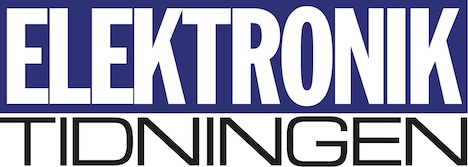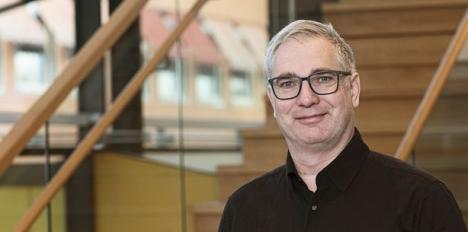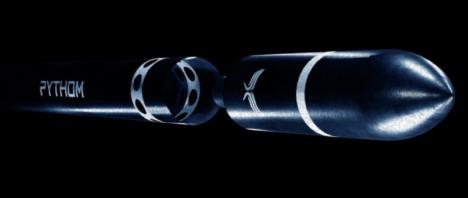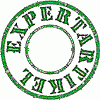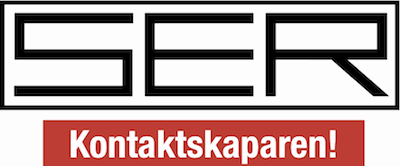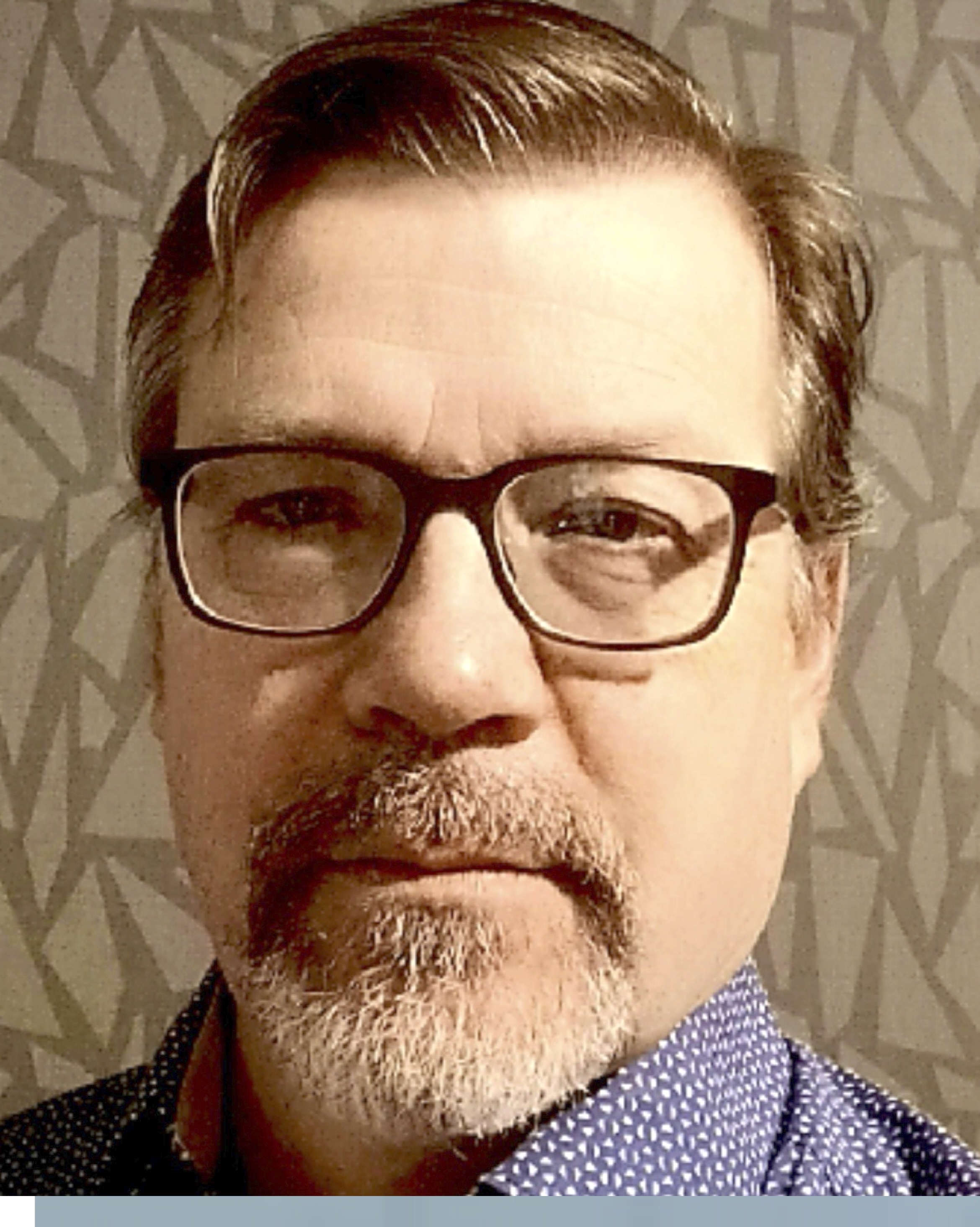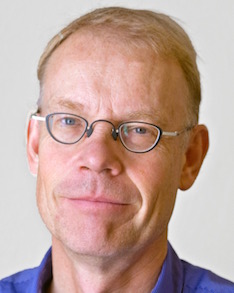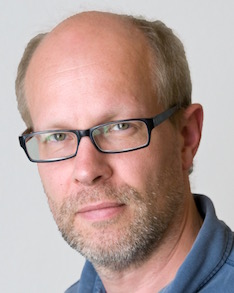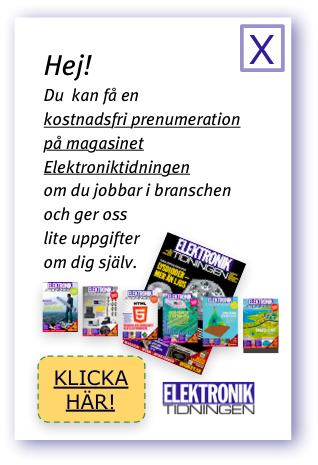For DSPs this means that Ericsson uses programmable logic with off the shelf DSPs at the start of a new technology generation before algorithms have become stable. After a few years, the company moves on to use asics with proprietary DSP cores.
"When GSM was new, basestations needed 53 DSPs per frequency channel. Each frequency channel transfers eight speech channels, and DSPs were the best solution at the time. Today, half an Asic handles much more," he says.
More recently, in 3G systems, some of the FPGAs have been replaced by DSPs and asics. However, even if proprietary DSPs have smaller footprints and fewer connections, which makes them cheaper to manufacture, it is their lower power consumption which brings the greatest savings. Thus, if the power consumption increases, Ericsson will reconsider.
Although DSP development is not part of Ericsson's core activity, there are no plans to scrap or sell off this part of the operations. Gösta Lemne sees it as a valuable resource to keep, but he admits that in-house development not always is beneficial. He says:
"We usually stop at standard cell level, which doesn't give the best possible performance. DSP specialists with more resources can fiddle around at transistor level."
Gittan Cedervall




